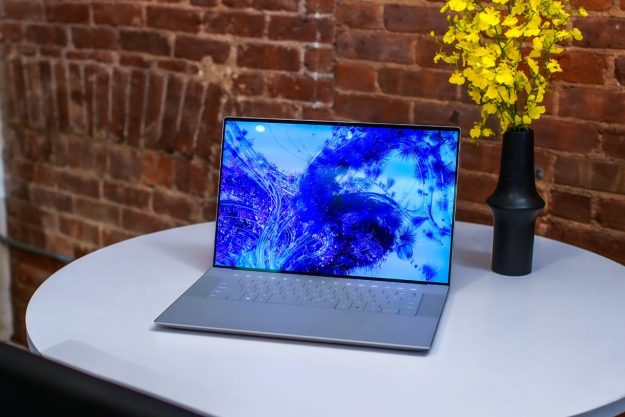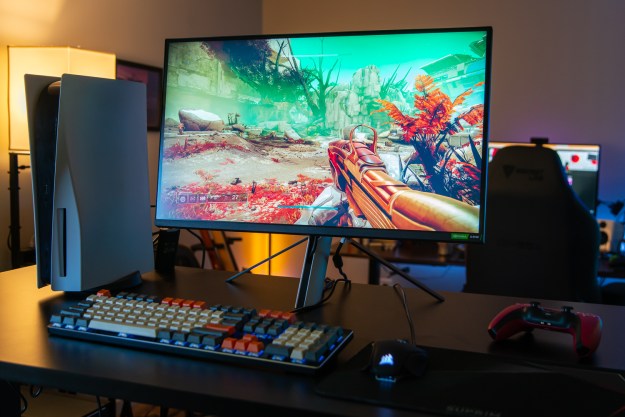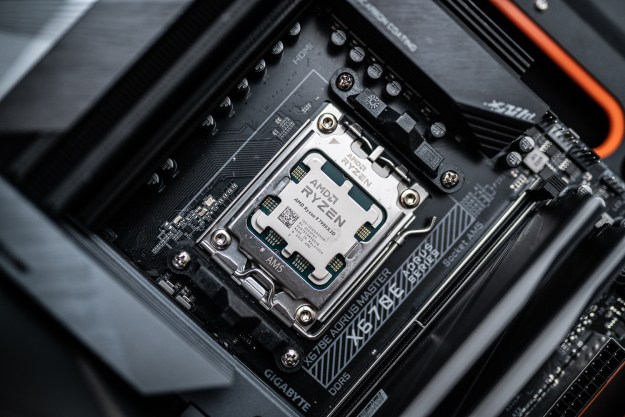In Beijing this week, Intel is showcasing a massive number of technologies that will come to market over the next couple of years. From processors that are so enhanced you won’t need separate GPUs, CPUs, or Physics chips, to massively multi-cored offerings that can outperform a company full of PCs, Intel has been putting the world on notice that they are back, baby, and are planning on taking no prisoners. However, one of the most interesting offerings is their renewed roadmap for the UMPC. This is a product which was, like the first MP3 players, widely criticized as being both too small and too big; too small to be a serious laptop and too big to be a media player. Well, Intel has listened, and they are showcasing prototypes (some of which could eventually be built by Apple) that take the UMPC right into the face of where the Video iPod is (and at similar price points). The Two Faces of the UMPC UMPC, which stands for Ultra Mobile PC, will be splitting into two personalities. One is a small laptop computer, targeted largely at vertical markets and folks that like really small PCs. This product will probably run Windows and is more like a super Blackberry. Similar to the FlipStart and OQO, but smaller, with longer battery life, and less expensive, the mini-laptop is the least interesting of the two offerings. The other product is designed to play music, movies, and games. Think of a combination super PSP/iPod at a price point that isn’t too much more than either and a lot less than both. This product is currently slated to run either embedded Windows or embedded Linux and could represent the first PC that was designed from the ground up with Linux in mind. Both products have targeted price points that eventually fall into the $400/$600 range, and both are eventually expected to fit into a jacket pocket with room to spare. They will go through phases, though; the next generation (due out next year) should be about half the size and three-quarters of the price of the current lines, and the following year’s products will be closer to half the price and below half the size of most current offerings. The Second Half of the Story The multimedia-embedded platform is being designed from the ground up to potentially be an iPod killer. With multiple wireless radios (and the potential for WiMax) built in, vast improvements in battery life (target is in excess of 6 hours with extended battery), and even the possibility of fuel cell battery boosters in that time frame, we could be seeing the emergence of the next big thing. What will make the difference, at least for the multimedia form of the box, are the services and accessories slated for the platform. The services, ramping to market now, will provide music, TV, and movie content with iTunes as the design target (if Apple does one, iTunes would be one of the providers). Much of this content would be flat rate or subscription based, so you wouldn’t have to buy one track, TV show, or movie at a time. From music to movies to casual games, we are looking at third-generation online services that provide all three at subscription or pay-as-you-go pricing. Designed to plug directly into your car, motorcycle (granted, a large motorcycle), motor home, truck, or home stereo system, this will be one of the ways you’ll enjoy both your low quality and high quality (High Definition) content. It’s likely we will have options that will allow you to use these much like you can use iPods today in whole house entertainment systems. GPS is a natural – and now, relatively low-cost – option that will be a natural for the class, and I expect some of these will actually capture high quality video and audio content as well (at their heart, they are PCs, after all). The UI Will Be Key We are looking at a brand new UI in the multimedia box, and it is likely something much closer to what we have seen in the new iPhone than what is typically seen on a PC. Touch screens remain a natural for the class, and the experience will probably be very similar to that of the new HP Touchsmart PC as they hit final form. Overall, what will make the difference between the 2008 products and the earlier offerings is how small, how inexpensive, and how complete the experience is. Before the end of this year we’ll see the next big step in price and size, but it is the 2008 products that are likely to break this class open and create a true competitive platform for the current iPod. Since Apple will have access to this as well this time, there is a very real chance they too may bring out a product (although, in their case, it wouldn’t be embedded Linux or Windows – it would be something similar to what they have on the iPhone, but on steroids). The only question now is, can you wait until 2008?


